-
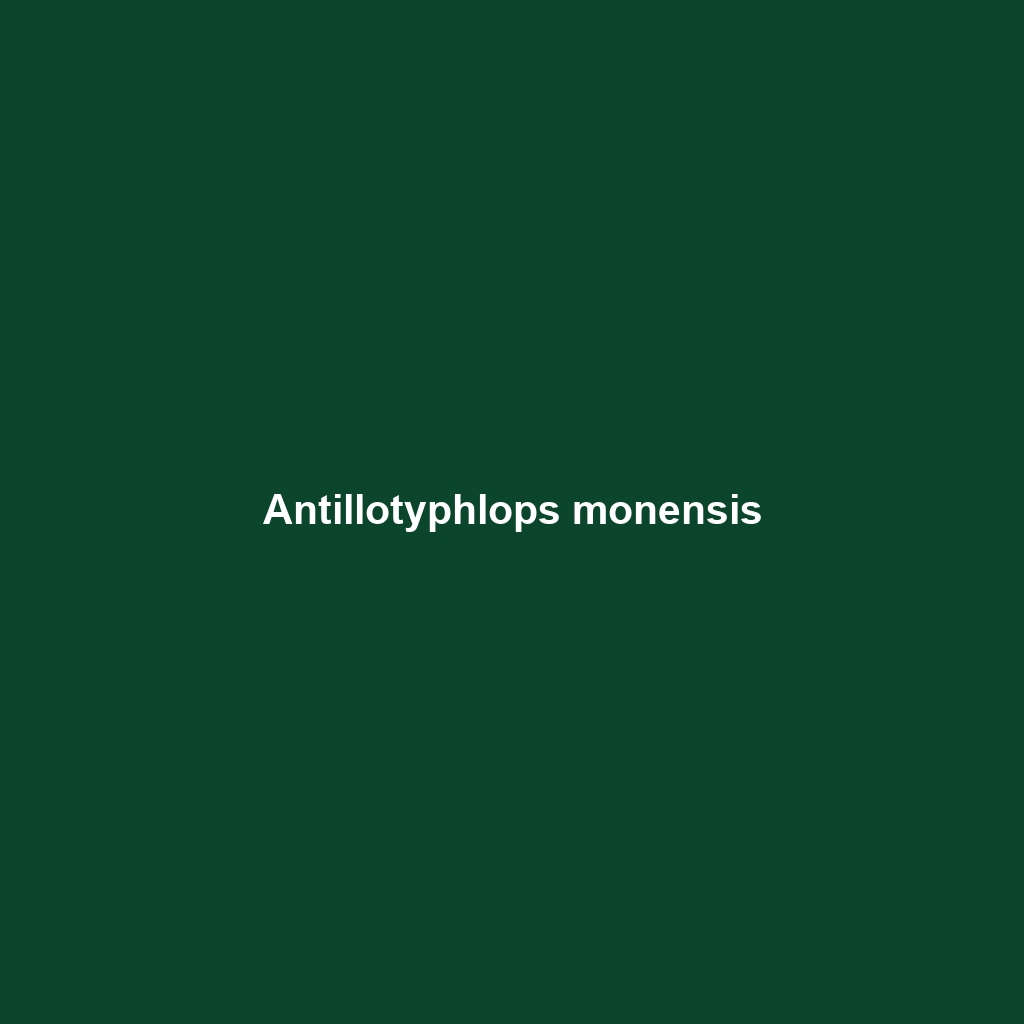
Antillotyphlops monensis
Discover the unique Antillotyphlops monensis, a vulnerable blind snake from Puerto Rico, thriving in moist, tropical habitats. This small, fossorial species plays a crucial role in the ecosystem by regulating insect populations and showcasing fascinating reproductive behaviors.
-

Antillotyphlops granti
Introducing Antillotyphlops granti, or Grant’s blind snake, a slender, nocturnal species native to the Caribbean, primarily found in Puerto Rico and the Virgin Islands. With its degenerated eyes, it thrives underground, feeding on small invertebrates and playing a crucial role in maintaining ecological balance.
-
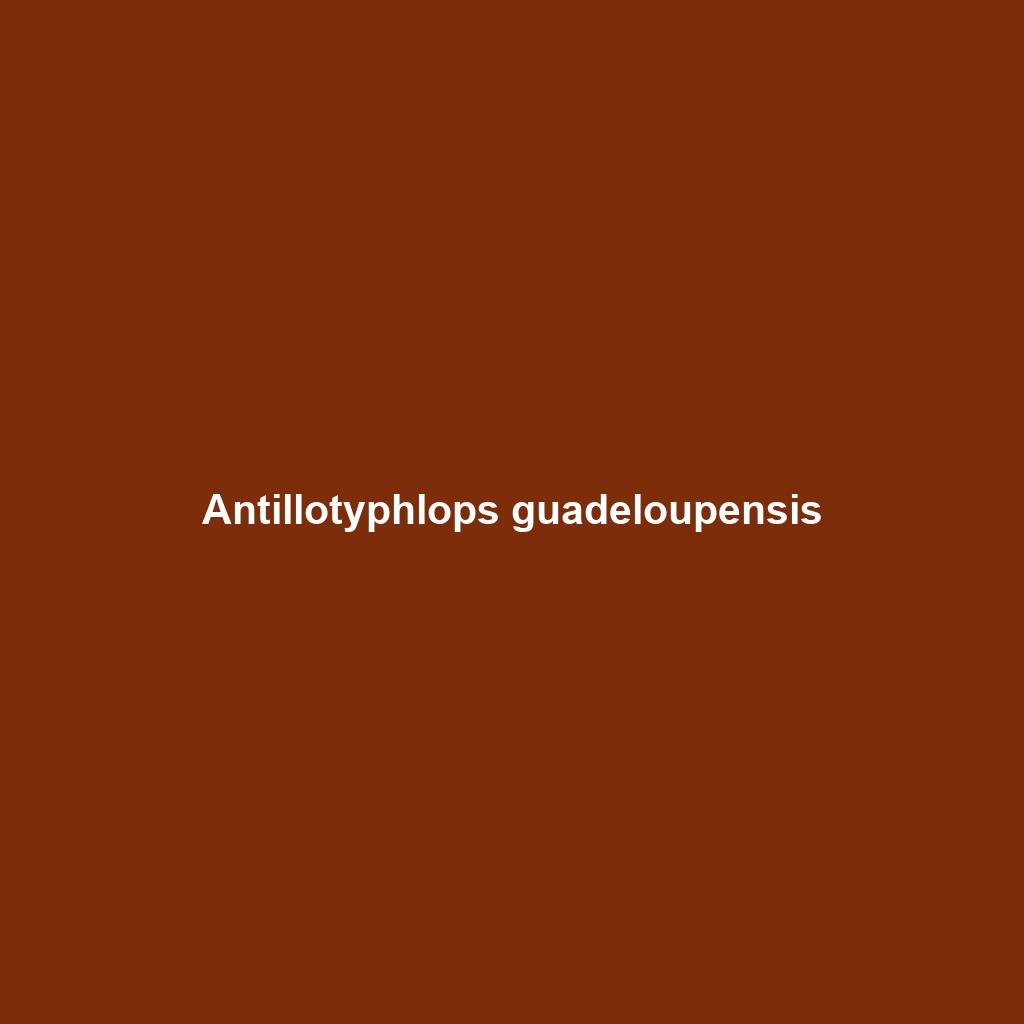
Antillotyphlops guadeloupensis
Antillotyphlops guadeloupensis, also known as the Guadeloupe blind snake, is a fossorial species native to the humid forests and grasslands of Guadeloupe. This nocturnal reptile, measuring 30 to 60 cm in length, plays a crucial role in soil aeration and pest control by feeding on soft-bodied invertebrates, while its vulnerable status highlights the need for…
-

Antillotyphlops hypomethes
Discover the Antillean blind snake (Antillotyphlops hypomethes), a small, fossorial species native to the Caribbean islands, known for its distinctive smooth, cylindrical body and secretive behavior. This Vulnerable species thrives in moist, forested environments, primarily feeding on soft-bodied invertebrates while aiding in soil aeration and nutrient cycling.
-
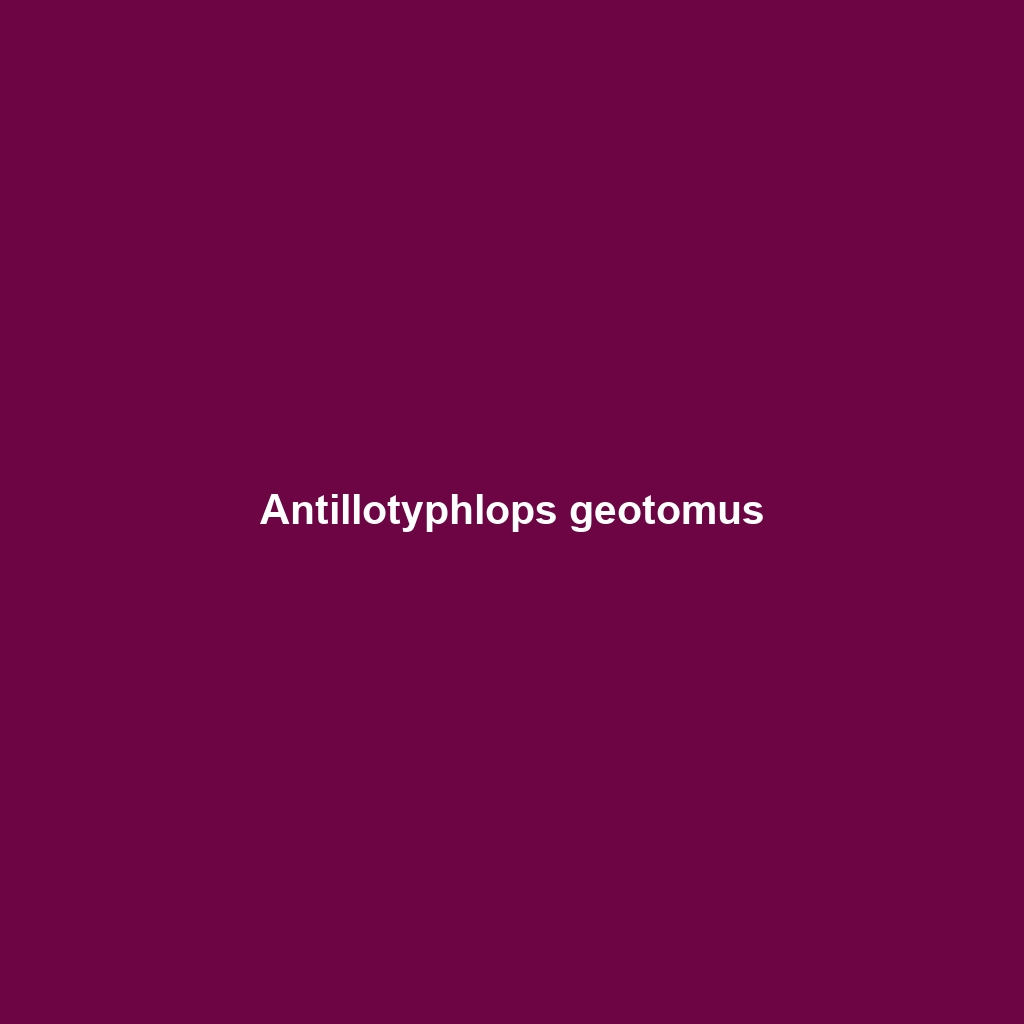
Antillotyphlops geotomus
Discover the Lesser Antillean Blind Snake (Antillotyphlops geotomus), a fascinating fossorial species native to the Caribbean’s tropical moist forests. Measuring 30 to 70 cm, this unique snake features a smooth, cylindrical body with reduced eyes, playing a vital role in controlling ant and termite populations while facing conservation challenges due to habitat destruction.
-

Antillotyphlops annae
Antillotyphlops annae, commonly known as the Antillean blind snake, is a small, fossorial species found in the moist tropical habitats of Puerto Rico and Saint Kitts. This secretive snake plays a vital ecological role by preying on ants and termites while thriving in diverse environments, including urban areas.
-

Antillotyphlops catapontus
Discover the Antiguan blind snake (Antillotyphlops catapontus), a small, fossorial species native to Antigua, known for its smooth, cylindrical body, tiny non-functional eyes, and a diet primarily consisting of ants and termites. This nocturnal serpent plays a crucial role in controlling insect populations and aerating the soil in its tropical habitat.
-
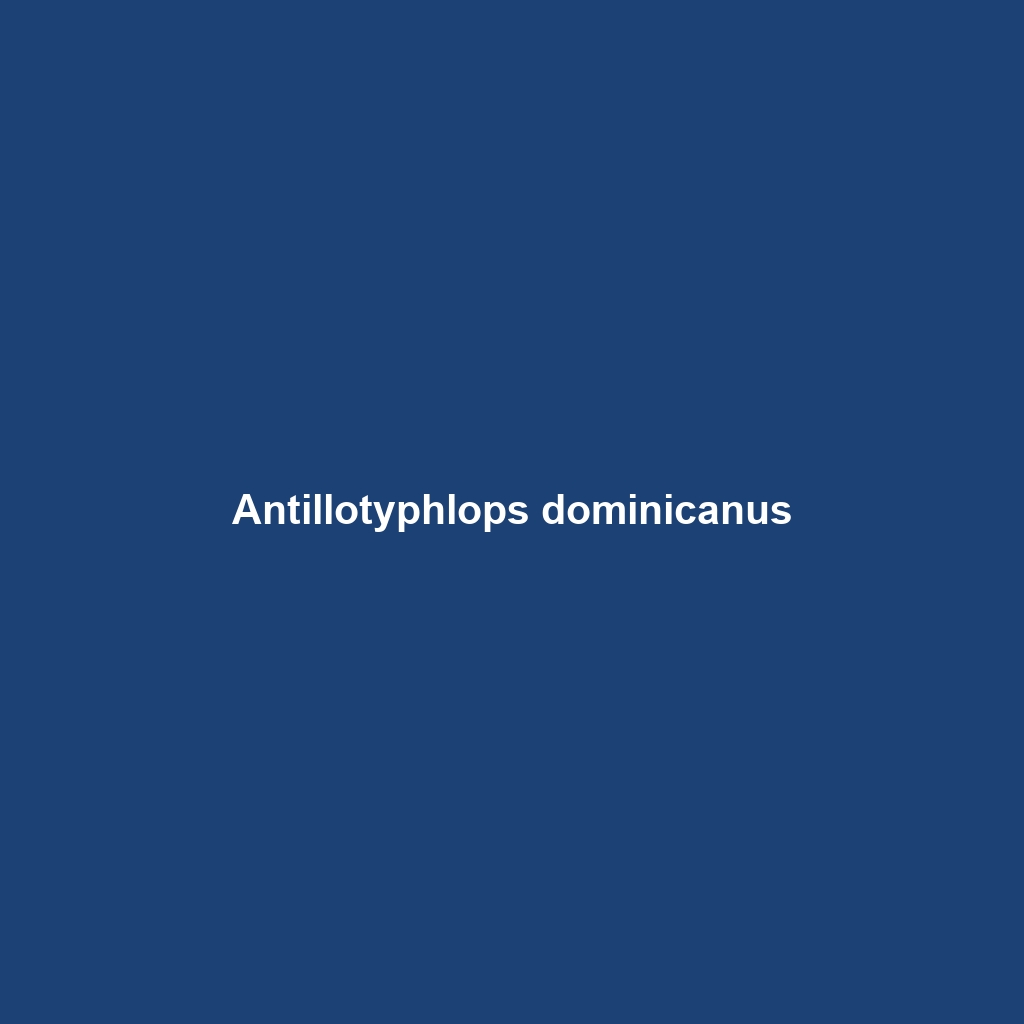
Antillotyphlops dominicanus
Discover the Antillotyphlops dominicanus, or Dominican blind snake, a fossorial species native to the Caribbean, thriving in moist soils of tropical forests and grasslands. With a unique diet primarily of soft-bodied invertebrates and a distinctive burrowing behavior, this small brown snake plays a vital role in maintaining ecological balance.
-

Antaresia perthensis
Discover the Antaresia perthensis, or Children’s Python, a docile and strikingly patterned snake native to Australia, thriving in diverse habitats. This carnivorous species, known for its nocturnal behaviors and effective pest control abilities, grows 3 to 5 feet long and captivates reptile enthusiasts with its manageable size and calm demeanor.
-
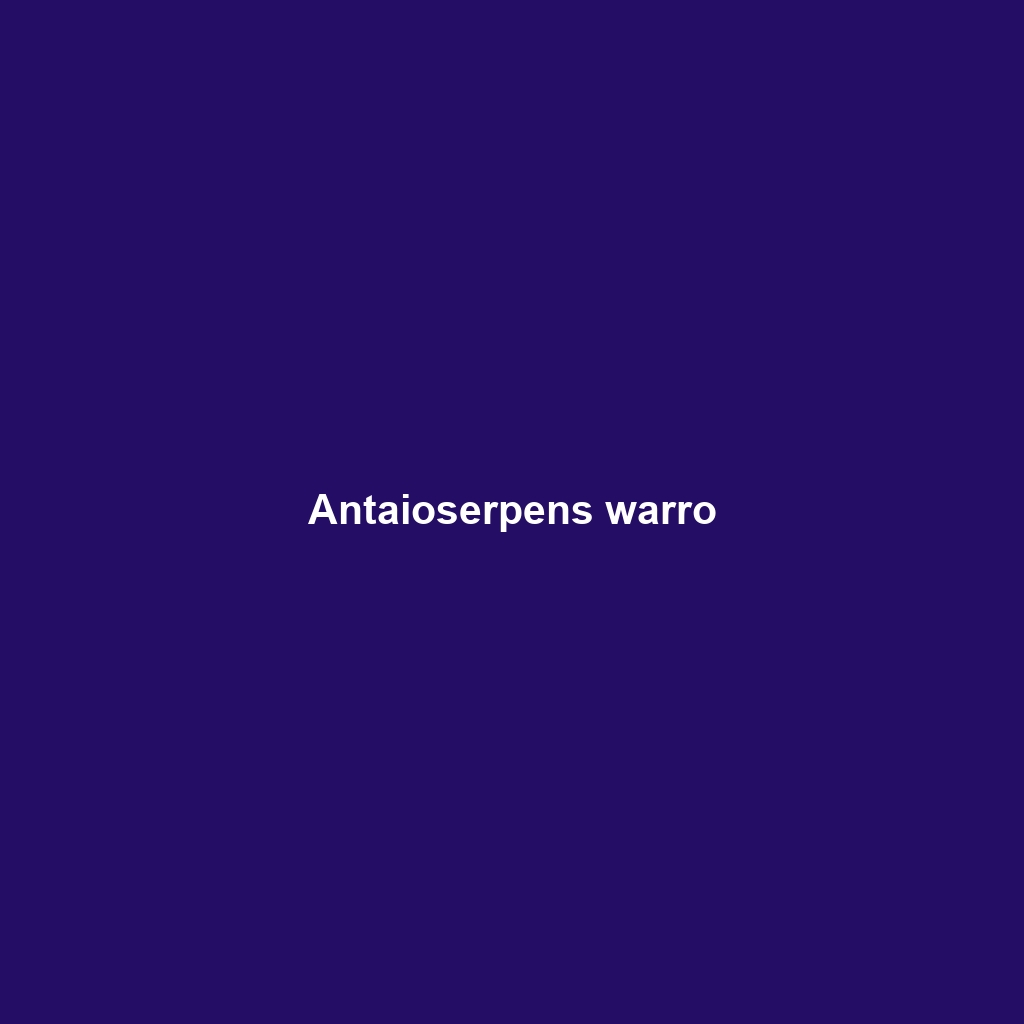
Antaioserpens warro
The Antaioserpens warro is a vibrant, arboreal snake native to Central America’s dense forests, reaching an average length of 1.5 meters. Its striking coloration aids in camouflage, while it plays a crucial ecological role as a predator of small mammals and birds.
Search
Popular Posts
-
Lygosoma corpulentum
Discover the Lygosoma corpulentum, or fat skink, a robust insectivorous lizard native to Southeast Asia’s moist tropical rainforests and varying habitats. With a stocky body, impressive camouflage, and remarkable adaptability, this ovoviviparous species plays a crucial role in maintaining ecological balance.
-
Lygosoma boehmei
Lygosoma boehmei is a slender, nocturnal insectivore found in humid tropical rainforests and savannas of Southeast Asia, exhibiting a smooth, camouflaging texture and remarkable burrowing abilities. This vulnerable species plays a crucial role in its ecosystem by controlling insect populations and serving as prey for larger predators.
-
Lygosoma bampfyldei
Lygosoma bampfyldei, commonly found in tropical and subtropical regions, is a moderately sized lizard measuring 15 to 25 cm, known for its elongated body and glossy, camouflage coloration. This insectivorous species thrives in moist habitats and plays a vital role in maintaining ecological balance by controlling insect populations.
Categories
Tags
animal adaptations (924) animal behavior (5000) animal reproduction (865) behavior (920) biodiversity (7853) conservation (1670) conservation efforts (1778) conservation status (5748) diet (2104) ecological balance (2087) ecological role (1952) ecosystem (1469) ecosystem role (2901) endangered species (2514) habitat (3280) habitat conservation (1136) Habitat Destruction (1421) habitat loss (3385) herpetology (870) insectivorous reptiles (948) IUCN Red List (1971) lizard behavior (881) lizard diet (944) lizard reproduction (1101) nocturnal animals (2754) nocturnal behavior (2592) nocturnal reptiles (1061) physical characteristics (2058) predator-prey relationships (927) reproduction (2890) reptile behavior (1037) reptile conservation (1348) reptile reproduction (1069) rodent species (1325) seed dispersal (2145) Seed Disperser (979) small mammals (1168) snake behavior (952) snake diet (1061) snake reproduction (1129) tropical forests (948) Vulnerable Species (4926) wildlife (2511) wildlife conservation (5355) wildlife protection (1008)



